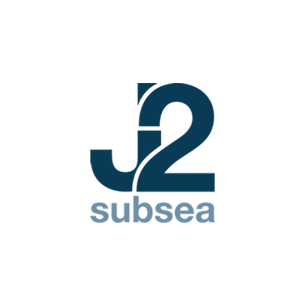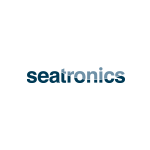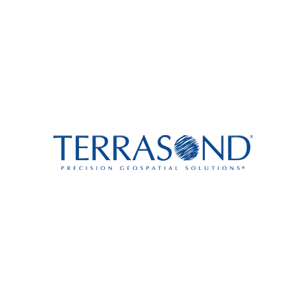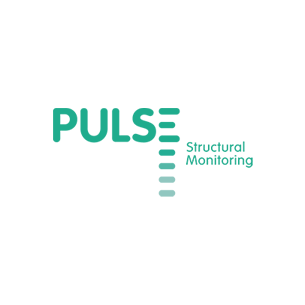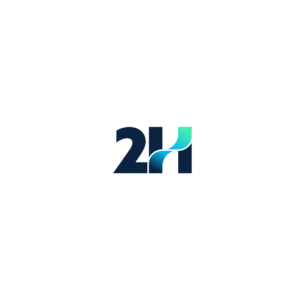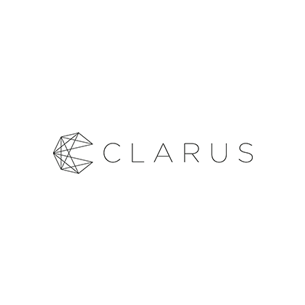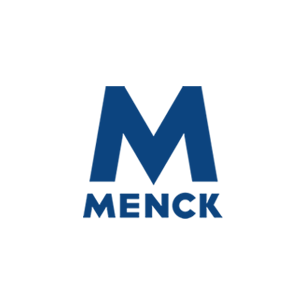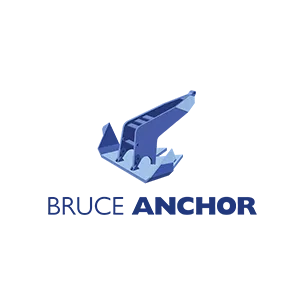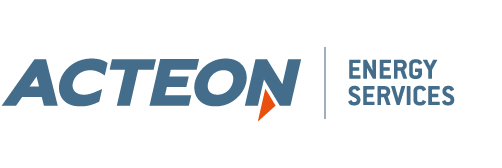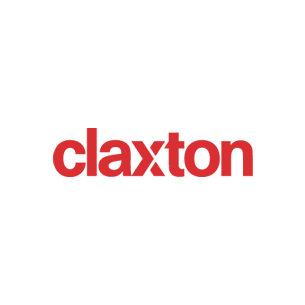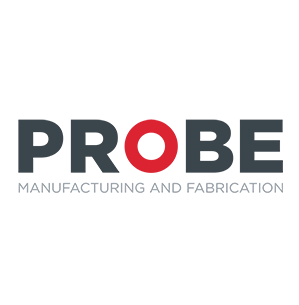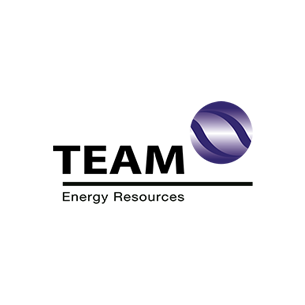WHAT HAVE WE LEARNED?
Our team have been providing engineering, project management, installation tools and personnel, and monitoring equipment for fixed-bottom wind farms for decades.
These are the areas where taking stock of our processes and adapting them to the new technical challenges of floating wind will be particularly important.
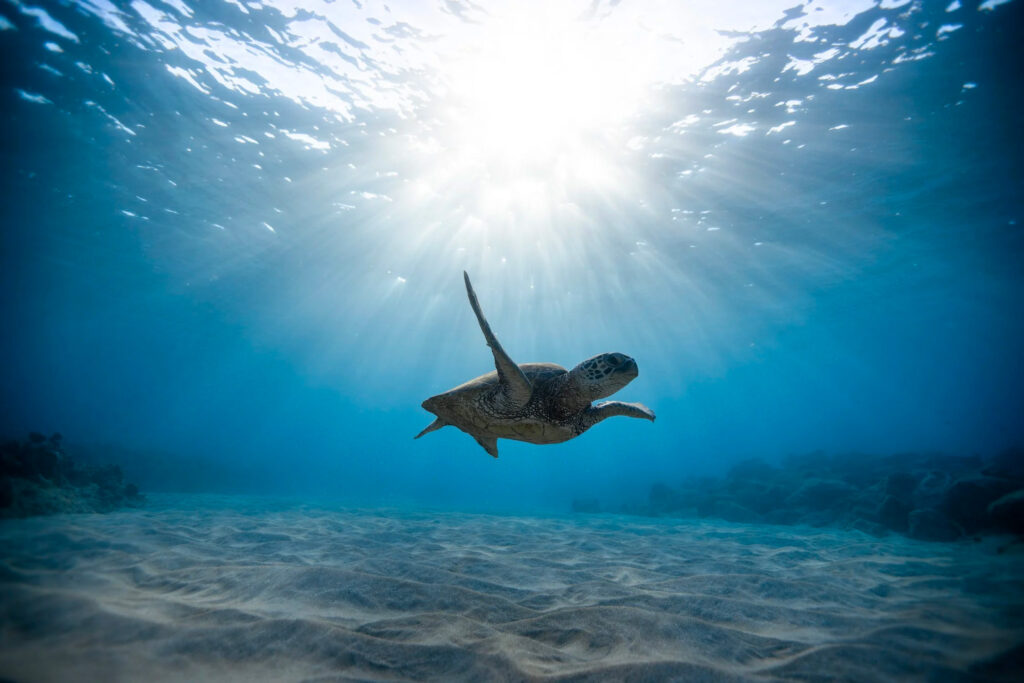
Sustainability is key
Installation and operations should minimise the impact on the sea and include sharing the sea with other communities.
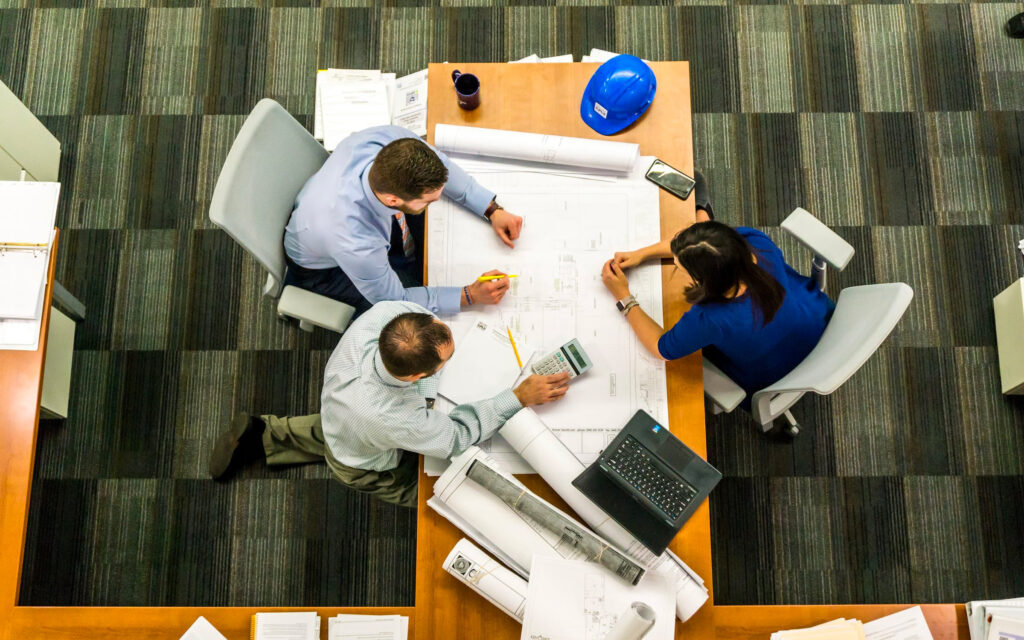
Innovation and customisation should be present at each phase
A collaborative approach to innovation and early investment in Research & Development will produce optimised technology that will be easier to source, mobilise and install.

Data acquisition should be constant
Data acquisition and interpretation need to continuously feed the process during the foundation and mooring system design, the cable studies as well as throughout the O&M phase. Discover why maximising power cable reliability is important.
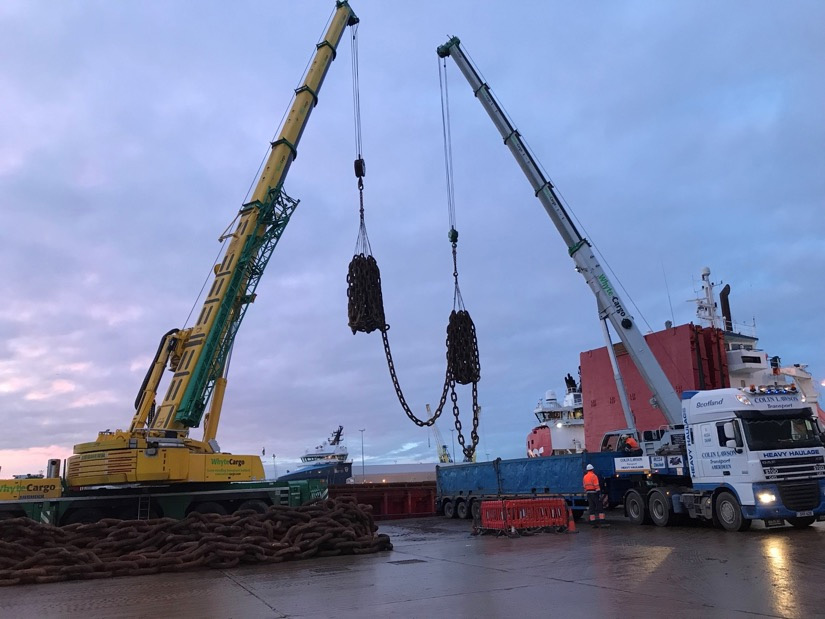
Efficient installation concepts reduce risk and cost
Fixed-bottom pile installers became proficient in heavy lift. Similar and new technologies will be applicable to floating wind as turbines grow larger and will need to be assembled in port.
Find out more about our latest lifting technology.

Supply chains need to be local and global
Capitalising on the fixed-bottom and oil and gas supply chains is a start. Compliance and quality audits will determine which supplier can be added to the existing supply chain networks.
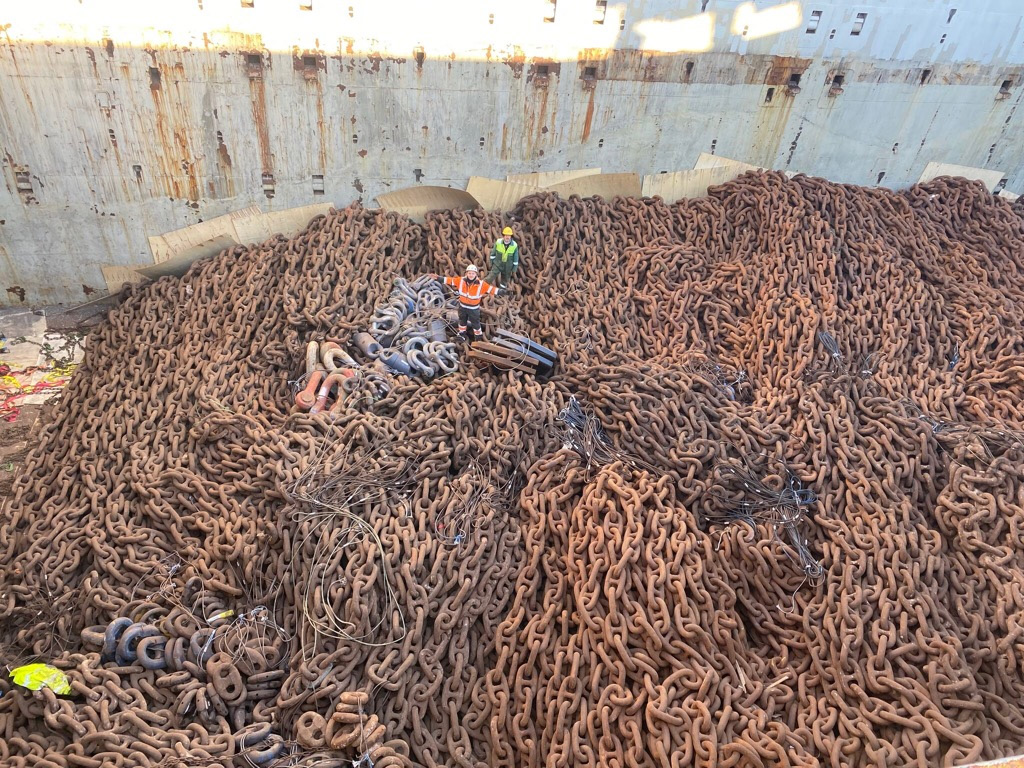
Logistical preparation is crucial
Large mooring components needed for floating turbines will require larger cranes and lifting tools, larger storage space in quayside facilities and larger vessels. Read more about the three key logistical challenges for floating offshore wind.
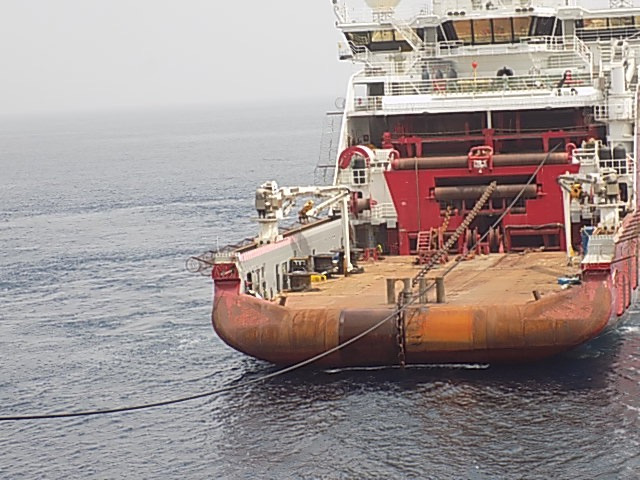
Detailed methodology and procedures make the difference
Sea conditions and schedule changes impact vessel choice and availability, especially in a tight supply environment. Careful planning and contingency scenarios will mitigate logistical and weather pressures.
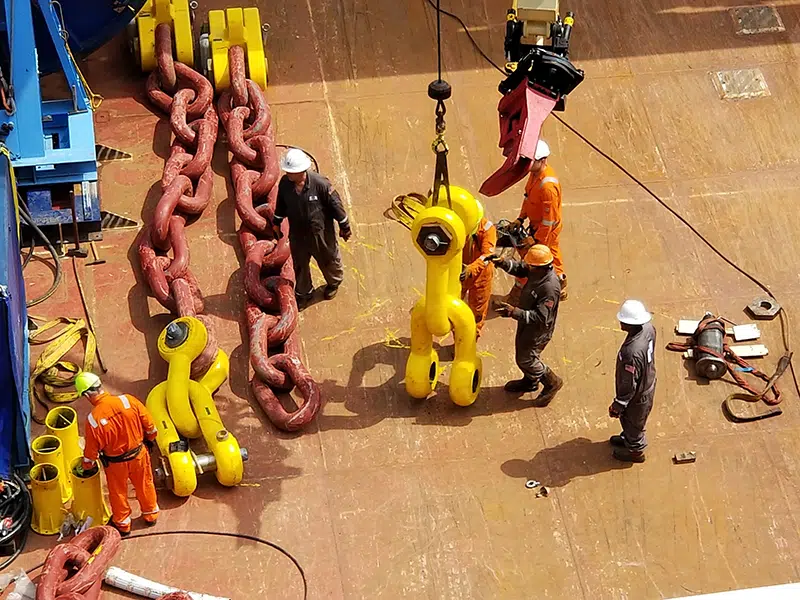
Invest in people and train our personnel
Specialised staff is going to be the hardest component to scale up. Hiring and training staff will be key to develop the skills to engineer and install the structures that are planned.
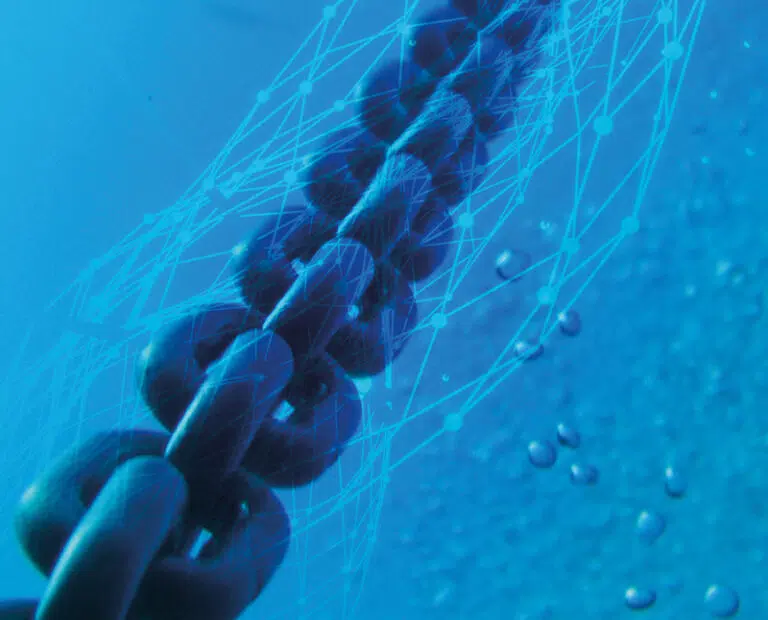
HARNESS THE POTENTIAL OF FLOATING WIND
Acteon’s expertise in mooring design and marine installation spans decades. We apply our deep domain expertise to help you choose the best options, from anchoring to cable laying to installation methods, to mitigate technical risks and lower the levellised cost of energy (LCOE).

